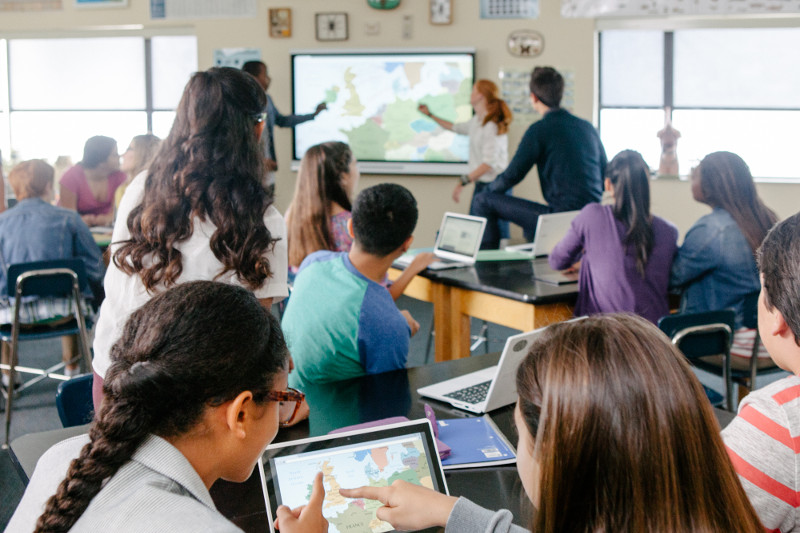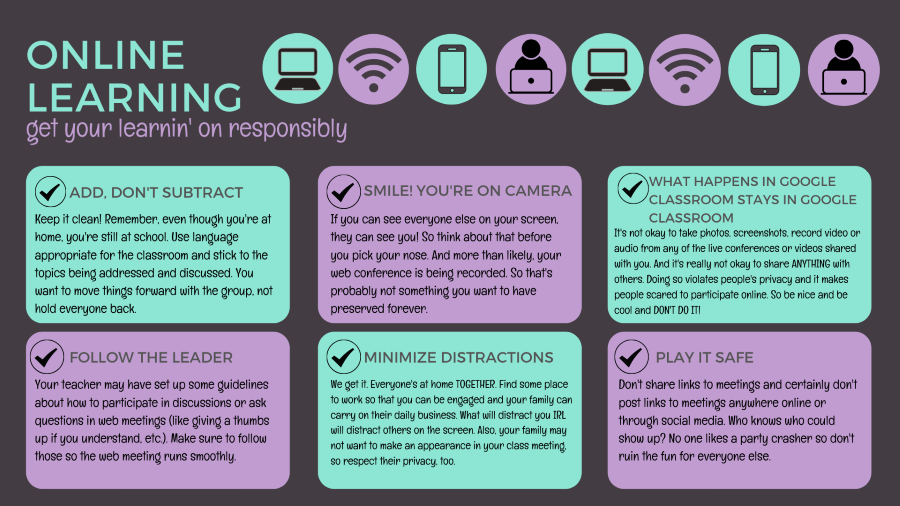This week’s readings were a continuation of important principles that are crucial for learning environments or building communities. They are relevance, interactivity, and engagement. All three of them play a vital role in building an effective learning environment. If the instructors are able to design their environments according to all six principles described by Bonk and Khoo (2014), they can reach their set goals successfully.
Relevance

Relevance is the first principle according to this week’s prompts. The more relevant and meaningful the instructional material and activities are, the more engaged learners become. “Make learning interesting and personally meaningful, however, and you will dig into a rich vein of online learning success” (Bonk & Khoo, 2014). Relevance also helps in organizing the material step by step and to facilitate students/learners by staying relevant to the topic. To achieve this target of staying relevant, specific pedagogical practices should be adopted, clear distinctions should be made in instruction, critical thinking should be incorporated, and learners’ cultural backgrounds should be kept in view while designing the activities. It is also important that the learning activities and material should be interesting and motivating for students/learners. Once the instructors are able to create meaningful and relevant content, they will be able to engage students/learners in classroom/community activities. Relevance is an important quality in providing authentic information to students/learners and increasing the standard of education. What is taught, how it is taught, and why it is taught should be relevant. The learning activities and appropriate course content should provide learners with the best opportunities to learn better. Flexible delivery arrangements can also play a good role to meet the diverse needs of a learning environment.
Learners will feel related to the learning environment if the material and activities are relevant. They will remain focused and interested in the classroom/community activities. The learning tools and proper instructional strategies aid this process massively. Our own class discussions via Google Docs and Padlet are good examples in this regard. The way we worked on the Wiki project collectively reminds me of staying relevant to the assigned task. Other than that the mini designs that we are working on always have relevant question prompts that give us a direction to think of the relevant ideas and proceed in the relevant direction. I would like to mention the role of Canvas here. It is helping both the instructors and students to stay in touch with each other in a productive way. As students, we can follow the relevant instructions and deadlines and complete our assignments keeping in view the question prompts and relevant instructions. All activities that we engage in via Canvas lead us in a relevant direction and there are fewer chances of getting lost or confused. Once the confusion occurs, peer interaction and instructors’ timely cooperation help greatly to find relevant ideas and work accordingly.
Interactivity

Interaction is one of my favorite vocabulary words. It has done wonders in education. A lot of other ideas come to my mind when I think of interaction, for example, collectivity, collaboration, group discussion, peer work, cooperation, togetherness, engagement, and more. If the environment is designed keeping in mind the interaction of learners with their peers and with the instructors, it can create a distinct impact.
When students interact with each other, they engage themselves in productive discussions. By developing interaction between students/learners, the instructors can decrease the feelings of boredom and isolation in their classrooms/community. Especially in online classes, where we don’t meet physically, it is more difficult to keep students engaged and focused on the course content and activities. Here interaction is more important and necessary to develop the interest of students/learners. I have observed that learners get disengaged easily in remote classes but peer interaction and group activities can be great strategies to engage them in effective learning.
I really liked the way Bonk & Khoo, (2014) have described three types of interaction. They are interaction with the course content, interaction with the peers, and interaction of learners with the instructors. A good learning environment will always have these three contents of interaction to run smoothly and successfully. I am pleased that we are a part of an institute where we are experiencing all three together in all of our classrooms whether they are remote or in person. Here I will talk about the activities that we perform in class. The way we join different rooms, get connected, follow the instructions, share ideas, seek and give assistance, resolve conflicts, respect each others’ opinions, use different tools (Google Docs, Padlet, Canvas discussion boards), and learn from each other are some examples in this regard. “Social networking technologies such as LinkedIn and Twitter as well as collaborative tools like Google Docs and Wikispaces provide virtual avenues for rich collaboration among learners in different parts of the world. Students can basically pick their peers and learning partners. They can form teams and communities outside of those enrolled in their school or university, or employed in their work setting. As this happens, they have opportunities for sharing ideas, perspectives, and strategies that can result in unique course products and solutions” (Bonk & Khoo, 2014).
I remember the activity that we performed in class about describing the importance of journals. We were divided into groups and we had to read an article regarding the roles journals can play in education. Keeping in view the time limit, we planned to read it via a skimming method, highlighted the main points, wrote them on a shared google docs page, worked on the editing together, and compiled some notes in the given time. We also talked about the confusion we had and resolved them through the interaction with Dr. Ge when she showed up during our group discussion. This activity is a clear example of all three types of interaction i.e interaction with the instructor, interaction with the content, and largely, interaction with the peers.
Engagement

Engagement is the most basic and vital component of effective learning environments. Engagement of students/learners in the activities and with the course content increases their rational thinking. The more the students are engaged, the more creative and innovative they become. This engagement can be in many forms. They can be engaged in peer interactions, group discussions, solo performances, direct interactions, and much more. Here I would like to mention the importance of autonomy in a learning environment. The instructors can increase the engagement of students/learners in a number of ways. Autonomy is one of them. When students play the role of the instructors, they gain confidence and love to take the lead. A sense of responsibility emerges in them and they always like to choose through a set of flexible learning activities. Once that choice is given to the students, they can be engaged in effective learning.
The background of students counts a lot here. As mentioned earlier, it is highly important for the instructors to make students feel related or belong to the class, to their peers, and to the instructors. Instructors should choose such activities and tools/mediums for instruction that may be adaptable for students. The affective domain should be kept in view on a prior basis to keep students motivated and engaged in various classroom activities.
“Disengaged learners, however, lack commitment to the learning situation or to school in general and often see no value in learning” (Bonk & Khoo, 2014). For better engagement of students, the instructors have to play a very active role. Their planning to execute the instructional material should be proper. His/Her instructions to perform a task or use a tool should be clear. These instructions should be both written and conveyed orally as well. Sometimes they should be repeated orally especially the points that they find can be confusing for the students. They should give prompt responses and feedback. They should monitor the classroom activities vigilantly. Encouragement and instant feedback can motivate and engage students to perform well. Last but not the least, students’ complete attention and participation are most important to keep them engaged in a learning environment.
References
Bonk, C. J., & Khoo, E. (2014). Online motivation from four perspectives. Adding some TEC-VARIETY: 100+ activities for motivating and retaining learners online (pp. 31-43). OpenWorldBook.



